20 Astonishing Varieties of Heart Disease: Your Ultimate Roadmap to Cardiac Chaos
Heart disease isn’t just one condition—it’s a full-blown lineup of cardiac curveballs, each with its own symptoms, risks, and ripple effects. From the silent creep of high blood pressure to the sudden jolt of arrhythmia, the spectrum of heart disorders is broader—and more astonishing—than most people realize. Some types are congenital, present from birth. Others are shaped by genetics, lifestyle choices, or long-term damage to the arteries and heart muscle. The warning signs aren’t always dramatic, which makes early detection crucial. Diagnosis can involve everything from stress tests and echocardiograms to CT scans and cardiac catheterizations. And when it comes to treatment? Options range from medication and lifestyle tweaks to complex surgical interventions. But knowing what you’re up against is half the battle. That’s why we’ve expanded our list to 20 Astonishing Varieties of Heart Disease: Your Ultimate Roadmap to Cardiac Chaos—a no-fluff guide to understanding, spotting, and navigating the many faces of heart trouble.
1. Heart Rhythm Disorders
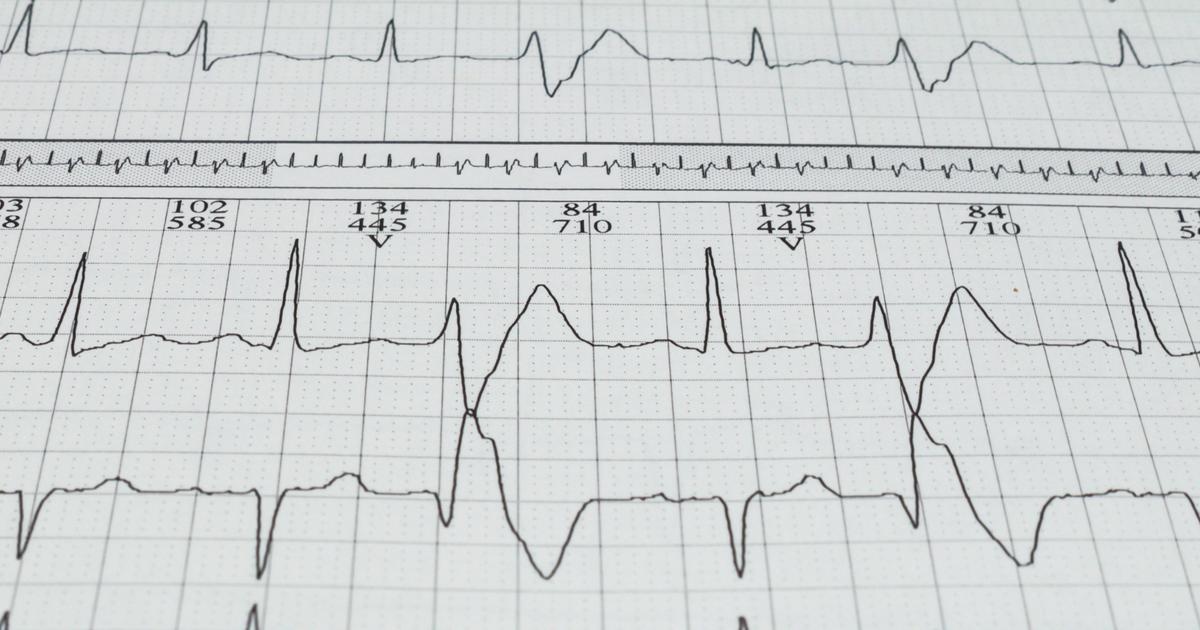
Arrhythmias, also called heart rhythm disorders, are a form of heart disease where an individual's heart cannot maintain a healthy and regular rhythm or beating pattern. Heart rhythm disorders result from a malfunction that occurs with the electrical activity and path in the heart responsible for coordinating the heartbeat. A patient's heart may beat too slow, too fast, or in an abnormal rhythm. The electrical mechanisms in the heart can malfunction from an underlying cause such as scarred heart tissue, coronary artery disease, hyperthyroidism, and hypothyroidism. Other examples of underlying causes include excessive alcohol consumption, stress, certain medications, sleep apnea, heart attack, cardiomyopathy, high blood pressure, smoking, and diabetes. Symptoms of heart rhythm disorders include a racing heartbeat, a slow heartbeat, shortness of breath, sweating, chest pain, dizziness, fainting, and lightheadedness. Common heart rhythm disorders include bradycardia, atrial fibrillation, tachycardia, atrial flutter, supraventricular tachycardia, and ventricular fibrillation. Other examples are Wolff-Parkinson-White syndrome, long QT syndrome, sick sinus syndrome, conduction block, and premature heartbeats.
2. Coronary Artery Disease
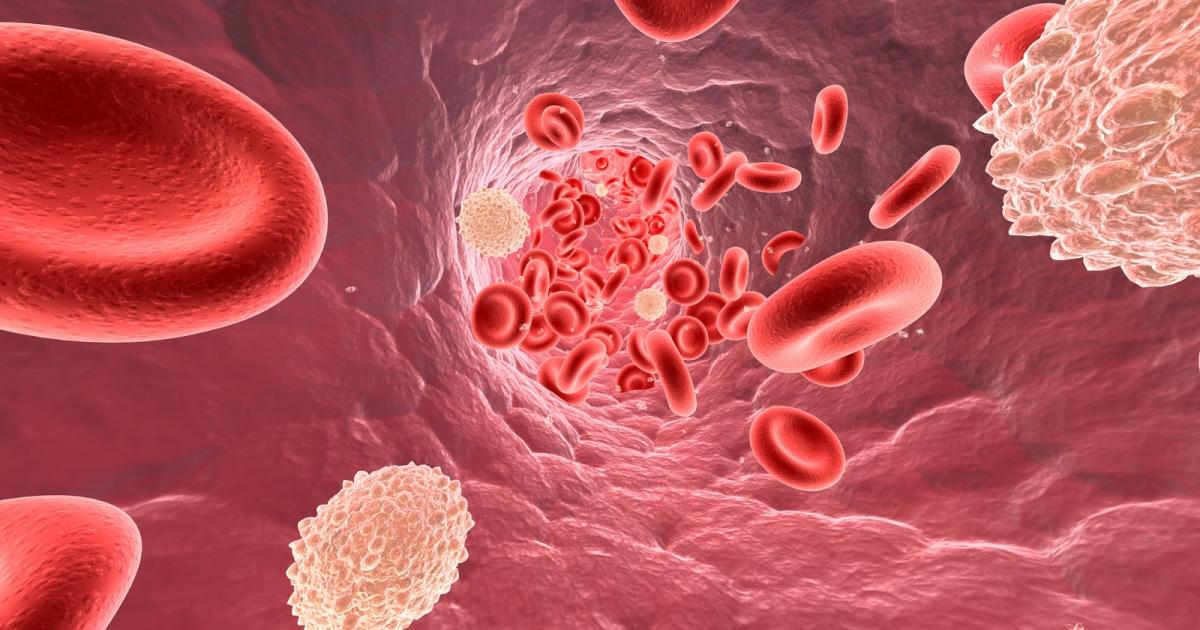
Coronary artery disease is a form of heart disease where an individual's coronary arteries become narrowed or blocked over time. The most common cause of this disease is a condition referred to as atherosclerosis. This condition occurs when the inner walls of an individual's arteries become hard and narrow from the buildup of plaque, a substance made of cholesterol and fatty deposits. When this buildup occurs in one or both of the coronary arteries that supply the muscle tissues of the heart with blood and oxygen, it is referred to as coronary artery disease. This narrowing can cause the tissues in the heart to become damaged when they do not receive enough blood and oxygen. Signs of coronary artery disease can be difficult to distinguish from other heart conditions. Acute issues that tend to occur more often in coronary artery disease patients include stable angina, silent ischemia, development of collateral circulation, and unstable angina. Two other examples are ST-segment elevation myocardial infarction and non-ST segment elevation myocardial infarction. Electrocardiogram, echocardiogram, exercise stress test, chest x-ray, coronary angiogram, and cardiac catheterization are used to diagnose coronary artery disease.
3. Heart Failure
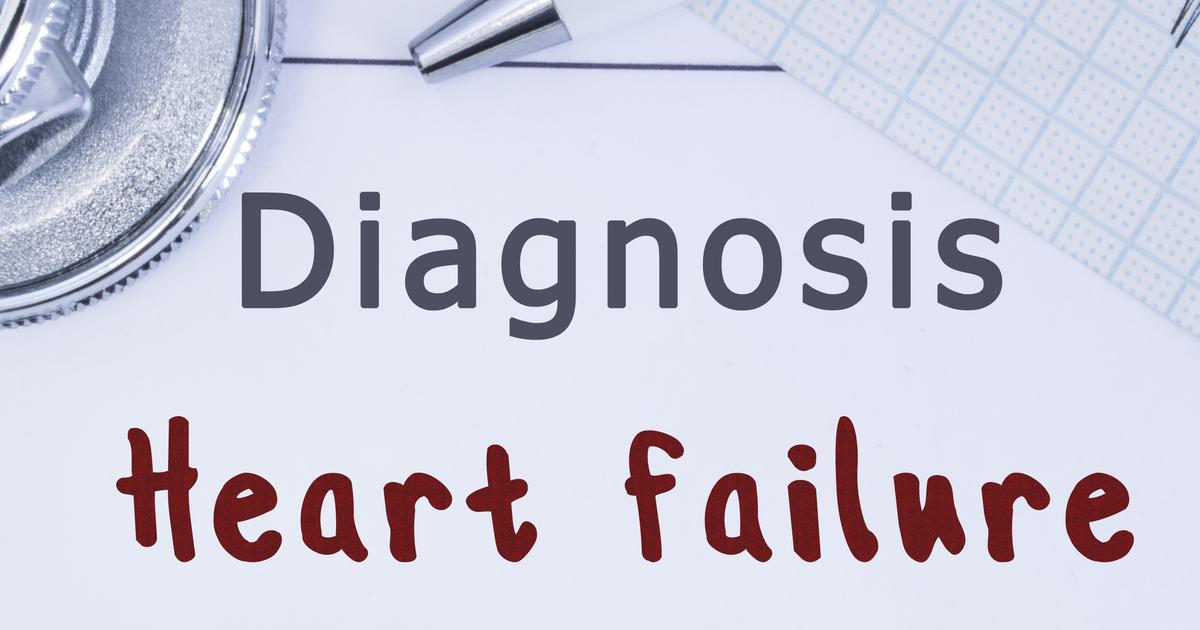
Heart failure occurs when an individual's heart is unable to meet their body's demands because it cannot pump blood well enough. Other conditions can cause individuals to develop heart failure. Examples include high blood pressure, coronary artery disease, faulty heart valves, cardiomyopathy, myocarditis, congenital heart defects, heart arrhythmia, and diabetes. Heart failure can be classified into different types depending on what region is failing. Left-sided heart failure causes blood and fluid to back up in the lungs because the left side of the heart cannot pump enough blood fast enough out of the heart. Fluid may back up in the patient's feet, abdomen, and legs when they have right-sided heart failure because the heart cannot pump enough blood fast enough into the lungs. Systolic heart failure means the patient's heart is unable to contract vigorously and has a pumping malfunction. Diastolic heart failure means an individual's left ventricle cannot relax entirely and has a filling malfunction.
4. Structural Heart Disease
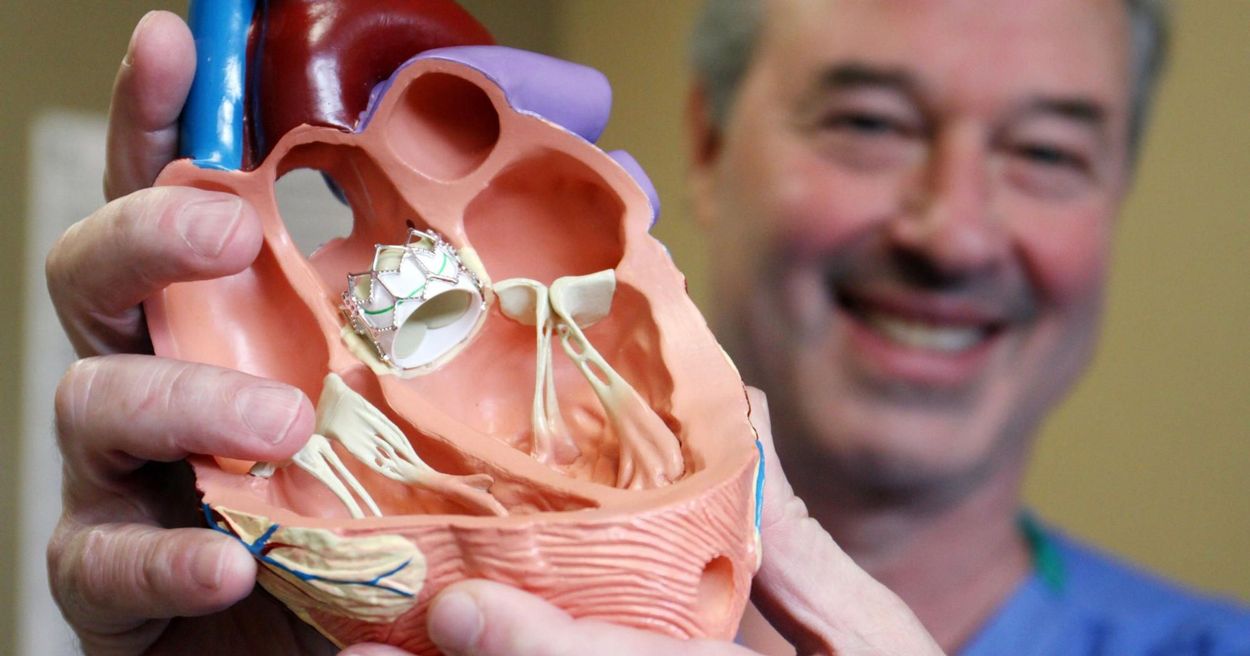
Structural heart disease happens when an individual is born with an abnormality in the function or structure of their heart or when wear and tear have altered the heart's structure or function. Aortic valve stenosis occurs when the valve that allows blood to flow from the heart into the aorta becomes stiff and cannot open fully. An atrial septal defect is a structural heart disease where there is a hole that allows blood to flow back and forth between the atria in the heart. Heart valve disease occurs when blood cannot flow through the heart properly because one or more valves are damaged. Mitral valve regurgitation is a structural heart disease that allows blood flow back into the heart because of an abnormal mitral valve. When the left ventricle muscle wall becomes too thick, it is referred to as left ventricular hypertrophy. Cardiomyopathy is a structural heart disease where the heart muscle has become enlarged and stiff. Marfan's syndrome causes problems with a patient's mitral valve or an aortic aneurysm.
5. Coronary Vascular Disease
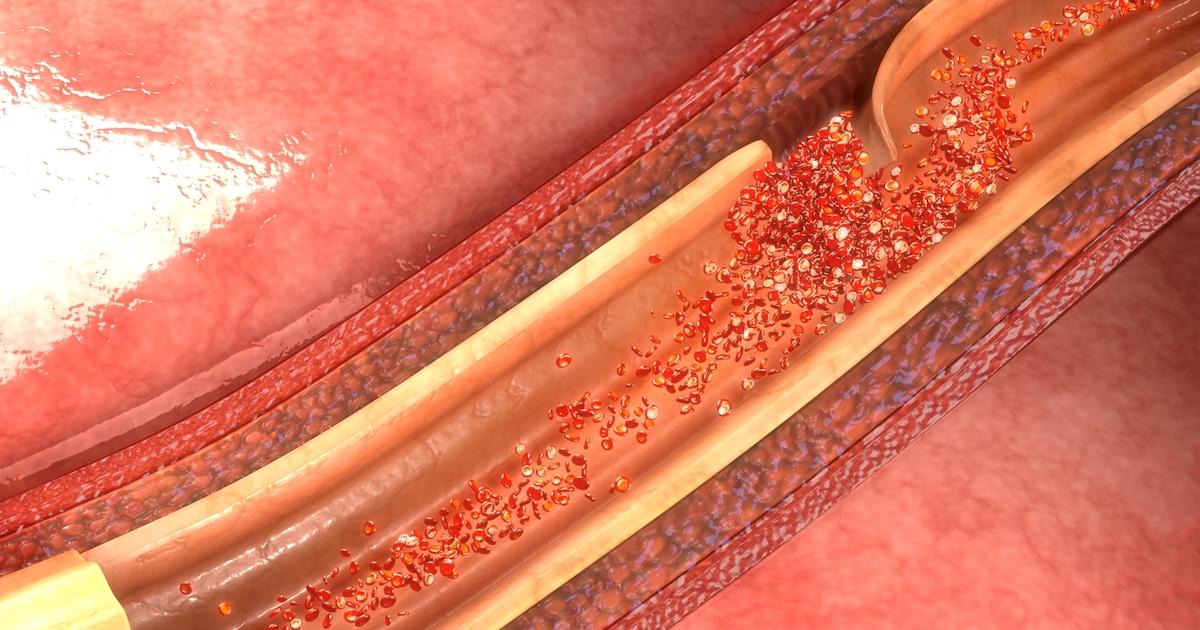
Coronary vascular disease is a type of heart disease where the coronary arteries do not work properly due to blood vessel abnormalities unrelated to plaque buildup. Most coronary vascular diseases are in the form of an anomalous coronary artery. This is where the artery has a malformation or abnormality. Some cases of anomalous coronary arteries are related to an irregular location of one or both of the coronary arteries. Others are related to abnormalities of the coronary artery shape and size. In addition, several other types of vascular disease can affect the coronary arteries. An aneurysm is a form of vascular disease that can occur in the coronary arteries where the artery wall bulges or balloons. Blood vessel spasms that arise due to Raynaud's disease or another mechanism can cause coronary vasospasm. This is where the coronary arteries inappropriately contract and restrict blood flow to the heart tissues. A coronary artery dissection is a form of vascular disease where the artery wall experiences a tear that may enlarge over time. Another type of vascular disease that can affect the coronary arteries is called systemic vasculitis, where the coronary arteries become inflamed due to an infection or an abnormal immune response.
6. Congenital Heart Defects

As the name suggests, congenital heart defects are heart issues that are present at birth. Specifically, this means that the heart or vessels around the heart do not develop properly before the baby is born. In many instances, the affected baby will require heart surgery either immediately after birth or within the first few years of their life, depending on the specific heart defect. There are many potential congenital heart defects out there. One example is pulmonary atresia, which is a condition where the baby's pulmonary valve does not form correctly or at all. This is the valve that controls the flow of blood from the right ventricle to the lungs. Pulmonary atresia means that blood cannot flow to the lung to pick up oxygen. Many patients need medication to improve blood flow until they can receive surgery to widen or replace the valve. Other congenital heart defects include tetralogy of Fallot, Ebstein anomaly, atrial septal defect, and truncus ateriosus.
7. Heart Infections
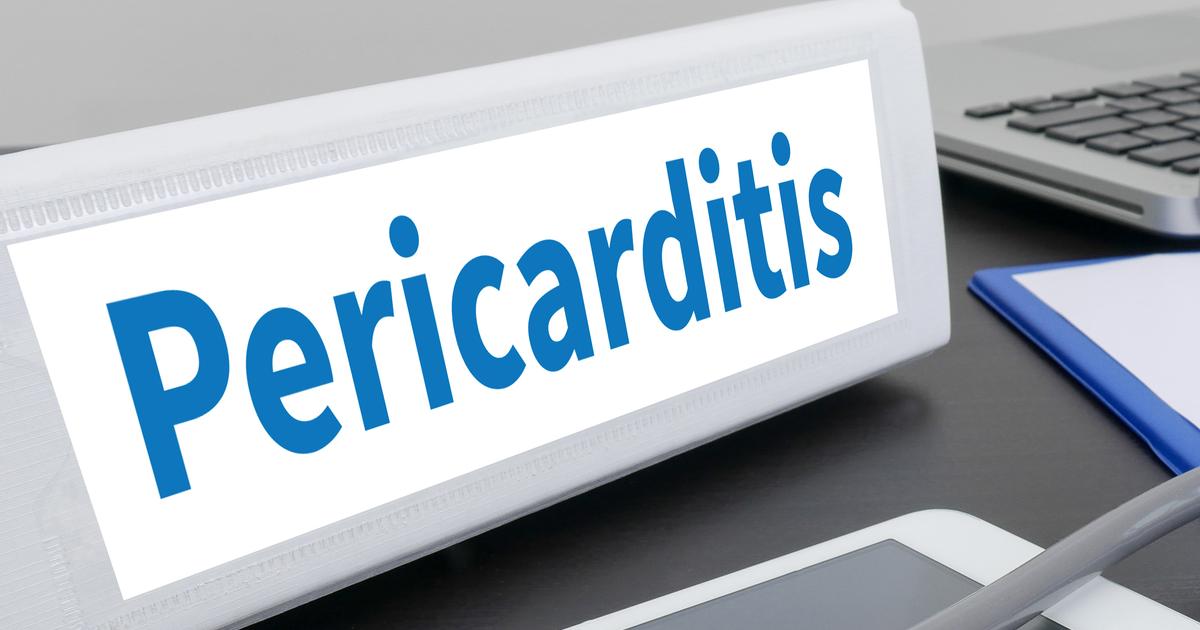
Heart infections are serious infections that can result in significant heart damage and potentially life-threatening complications. In most cases, heart infections are from viruses or bacteria, though rare cases can be due to fungi. A common heart infection is called endocarditis. It involves the infection or inflammation of the innermost layer of the heart, which is called the endocardium. Myocarditis, another type of heart infection, involves the myocardium, which is the heart's middle muscular layer. This heart infection is quite rare, but it is serious. It can affect the electrical system of the heart and trigger abnormal or rapid heart rhythms. Pericarditis, another heart infection, involves the pericardium, which is the outer layer of the heart. Symptoms of these heart infections include severe chest pain, shortness of breath, fatigue, abdominal swelling, and leg swelling. Patients may also experience joint, muscle, and body aches, as well as fatigue and fever. Pericarditis may cause heart palpitations, and as mentioned, myocarditis may result in arrhythmias.
8. Aortic Aneurysm
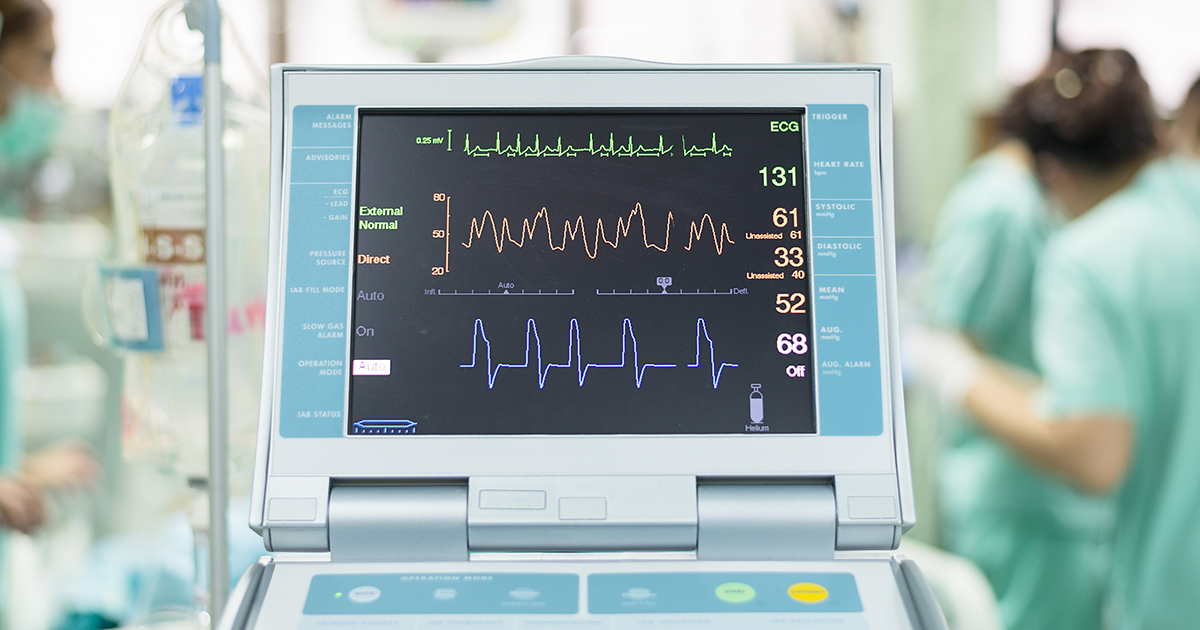
An aortic aneurysm, which can be called a heart aneurysm, is on that occurs in the aorta. This is the blood vessel that is responsible for carrying blood from an individual's heart to the rest of their body. An aortic aneurysm is a bulge in the wall of the aorta. It can occur in any part of the aorta, and can be round or tube-shaped. Two common aortic aneurysms are the abdominal aortic aneurysm and the thoracic aortic aneurysm. The former occurs in the section of the aorta that travels through the abdomen. The latter type is found in the section that passes through the chest cavity. The abdominal type is slow-growing and does not often trigger early symptoms. However, when symptoms do appear, they include back pain, a pulse near the belly button, and deep and constant abdominal pain. Symptoms of a thoracic aortic aneurysm do not often appear early, since this type is also slow-growing. Of course, symptoms can appear over time and include back pain, shortness of breath, chest pain or tenderness, coughing, and hoarseness. Both aneurysms require medical monitoring and often surgery to treat them. The thoracic type also carries medication as a treatment for some patients.
9. Heart Murmurs

Heart murmurs are another type of heart condition. They are sounds caused by blood in or near the affected individual's heart. The sounds can often be heard as swishing or whooshing sounds. Heart murmurs can be congenital, meaning they are present at birth, or develop over time. Innocent heart murmurs are harmless, do not indicate heart disease, and typically do not require any treatment. They do not trigger other symptoms aside from the sound itself. Abnormal heart murmurs, however, have an underlying cause and often do require treatment. Symptoms of abnormal heart murmurs vary depending on the cause. Examples of symptoms include shortness of breath, sudden weight gain, an enlarged liver, chronic cough, chest pain, fatigue, and dizziness. Blue-tinged skin, particularly on the lips and fingertips, is another sign of an abnormal heart murmur.
10. Inherited Heart Conditions
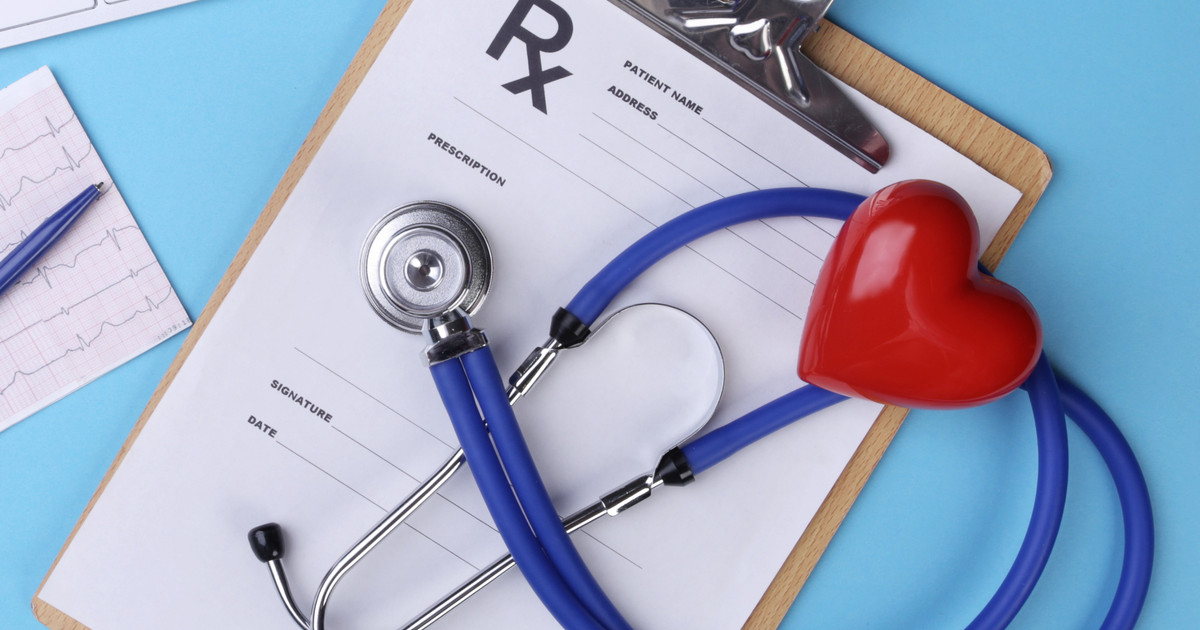
Inherited heart conditions cover a range of rare heart diseases. They are the result of a mutation in one or more genes. With one of these conditions, individuals with a genetic mutation can have a fifty-fifty chance of passing the same mutation, and thus the condition, on to their children. The majority of research on inherited heart conditions surrounds those that can result in serious arrhythmias and potentially sudden cardiac death. One significant example is hypertrophic cardiomyopathy, which can cause a deadly arrhythmia. Other symptoms, though rare, include chest pain, heart palpitations, shortness of breath, and fainting. Examples of common inherited heart conditions that can trigger arrhythmias are Long QT syndrome, Short QT syndrome, and Brugada syndrome. The first two involve abnormally long or short QT intervals. This interval is the electrical recovery phase of the heartbeat. Long QT syndrome can result in rapid and chaotic heartbeats and cause fainting. Seizures happen in some patients. Sudden death is rare, but can happen in Long QT syndrome. Short QT syndrome fainting and heart palpitations as common symptoms. However, sudden cardiac death is also common in Short QT syndrome and may even be the first symptom.
11. Broken Heart Syndrome (Takotsubo Cardiomyopathy)

Takotsubo cardiomyopathy, often called broken heart syndrome, mimics a heart attack—but it’s triggered by intense emotional or physical stress rather than clogged arteries. Grief, shock, or trauma can cause the heart’s left ventricle to balloon temporarily, reducing its pumping ability. Symptoms include chest pain, shortness of breath, and irregular heartbeat, often indistinguishable from a real heart attack. Fortunately, most patients recover within weeks. It's more common in postmenopausal women and is often treated with supportive therapies like beta-blockers or diuretics. It’s a powerful reminder: your emotions can have very real effects on your heart.
12. Pulmonary Hypertension

Pulmonary hypertension occurs when the blood pressure in the arteries connecting the heart and lungs becomes dangerously high. Unlike regular hypertension, this condition puts immense strain on the right side of the heart, potentially leading to right-sided heart failure. Symptoms include fatigue, chest pressure, swelling in the legs, and shortness of breath—even with light activity. It can be caused by chronic lung disease, heart defects, or connective tissue disorders. Because it progresses silently, early detection is critical. Treatments range from oxygen therapy and vasodilators to lung transplants in severe cases. It’s rare—but life-altering if left unchecked.
13. Rheumatic Heart Disease

Rheumatic heart disease is the long-term consequence of untreated strep throat or scarlet fever. When these bacterial infections go unmanaged, they can trigger an autoimmune response called rheumatic fever, which damages the heart valves over time. The condition is most common in developing countries and among children and young adults. Symptoms may not appear until years after the initial infection, and can include fatigue, chest discomfort, and shortness of breath. Damaged valves may require surgical repair or replacement. Prevention starts with timely antibiotic treatment for strep throat—proving that something as small as a sore throat can echo into the heart.
14. Cardiac Amyloidosis

Also called “stiff heart syndrome,” cardiac amyloidosis occurs when abnormal protein deposits (amyloid) accumulate in the heart tissue, making it thick and inflexible. This disrupts normal heart function and can lead to restrictive cardiomyopathy or heart failure. Often misdiagnosed, symptoms include fatigue, leg swelling, irregular heartbeat, and difficulty breathing. It can be linked to underlying conditions like multiple myeloma or occur spontaneously. Treatment includes medications to stabilize amyloid production and manage heart failure symptoms. Though rare, cardiac amyloidosis is increasingly recognized and must be caught early to avoid irreversible damage.
15. Peripartum Cardiomyopathy
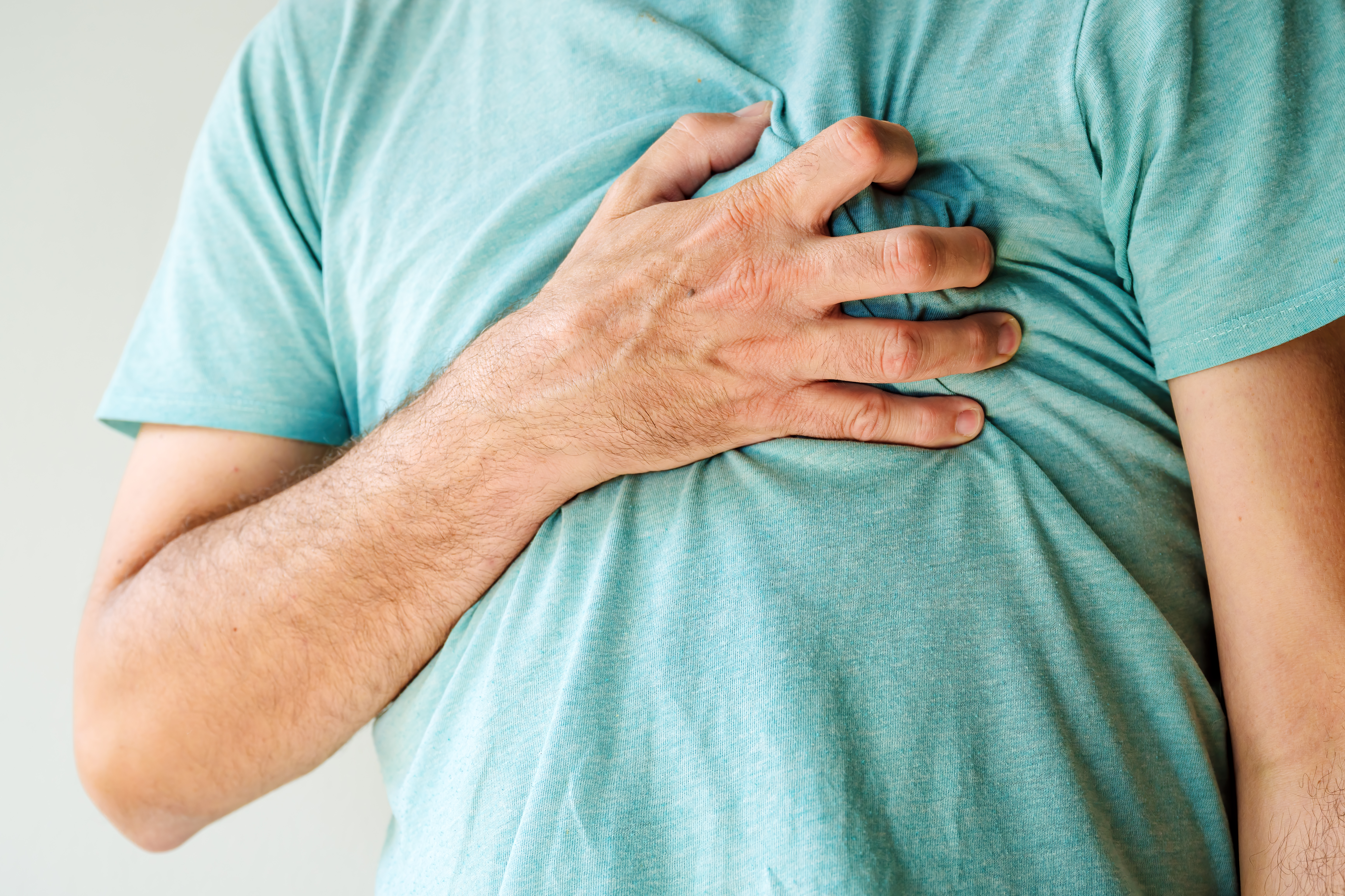
This rare form of heart disease occurs during the last month of pregnancy or within five months after delivery. Peripartum cardiomyopathy weakens the heart muscle, making it difficult for the heart to pump blood effectively. It can mimic normal postpartum fatigue, making it hard to detect. Symptoms include swelling, palpitations, chest pain, and shortness of breath. Risk factors include high blood pressure, age over 30, and multiple pregnancies. With early diagnosis and medication—such as beta-blockers and diuretics—many women recover fully. However, in severe cases, heart transplant or long-term heart failure management may be necessary.
16. Silent Ischemia
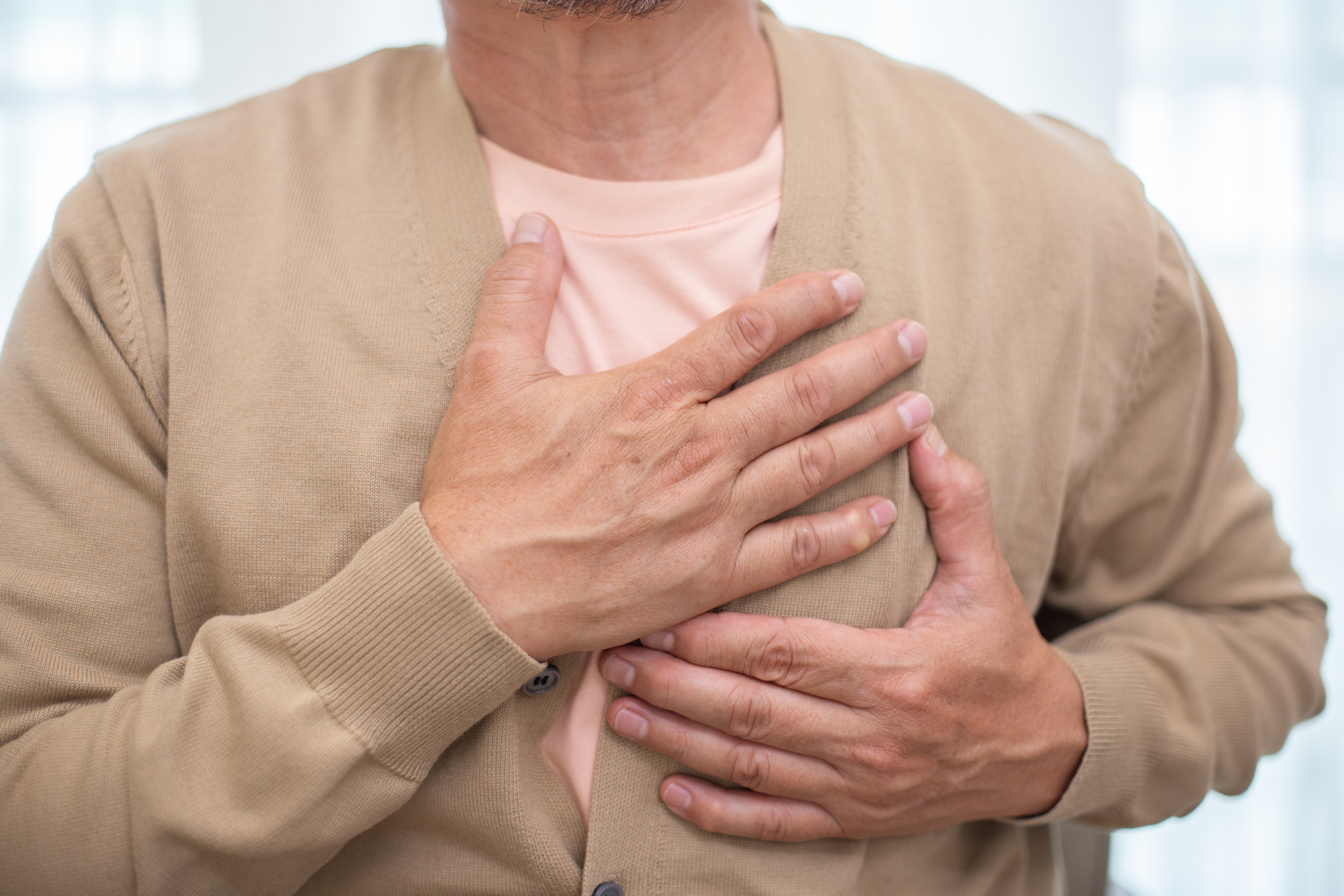
Not all heart attacks come with warning signs. Silent ischemia occurs when blood flow to the heart is reduced—but without the classic symptoms of chest pain or discomfort. It’s especially dangerous because patients may not realize anything is wrong until significant damage has occurred. It's more common in people with diabetes or a history of heart disease. Silent ischemia can be detected through stress tests, Holter monitors, or EKGs. Treatment is similar to other forms of ischemic heart disease: lifestyle changes, medications like statins and beta-blockers, and sometimes angioplasty or bypass surgery.
17. Infective Endocarditis

Infective endocarditis is a serious infection of the heart's inner lining or valves, usually caused by bacteria entering the bloodstream. It often affects those with existing heart conditions, artificial valves, or intravenous drug use. Symptoms include fever, chills, night sweats, unexplained fatigue, and small skin lesions or spots. Left untreated, it can damage heart valves and lead to stroke or organ failure. Diagnosis requires blood cultures and echocardiograms, and treatment involves long-term IV antibiotics. In severe cases, valve surgery may be needed. It’s a rare but deadly condition that highlights the importance of oral hygiene and sterile medical care.
18. Left Ventricular Noncompaction (LVNC)

LVNC is a rare genetic heart condition where the muscle wall of the left ventricle appears spongy instead of solid, due to incomplete development before birth. This abnormality can lead to arrhythmias, heart failure, or blood clots. Symptoms vary—some people are asymptomatic, while others experience fatigue, dizziness, or palpitations. It's usually diagnosed via echocardiogram or cardiac MRI. Treatment focuses on managing symptoms, including medications for heart failure, blood thinners, or even implantable defibrillators. As research grows, genetic counseling and screening for family members are becoming key parts of LVNC management.
19. Myocardial Bridge

A myocardial bridge occurs when a coronary artery tunnels through the heart muscle instead of resting on its surface. During a heartbeat, the artery can get squeezed, briefly reducing blood flow to the heart. Many people have this anomaly without symptoms, but in some cases, it causes chest pain, arrhythmias, or even heart attacks. Diagnosis often requires advanced imaging techniques like a coronary CT angiogram. Treatment may involve beta-blockers to reduce heart rate and contractility, or surgery in rare, severe cases. It’s a surprising cause of chest pain in young adults that often flies under the radar.
20. Sinus Node Dysfunction

Also known as sick sinus syndrome, this condition affects the heart’s natural pacemaker—the sinus node. It causes the heart to beat too slowly (bradycardia), too quickly (tachycardia), or pause unpredictably. Patients might feel dizzy, fatigued, or faint without warning. It often develops with age or after heart surgery, but certain medications or underlying conditions like hypothyroidism can also contribute. Diagnosis typically involves a Holter monitor or event recorder. Mild cases may be managed with medication adjustments, but many patients eventually require a pacemaker to stabilize heart rhythm and avoid complications.
The heart may be only the size of a fist, but when it falters, it sends shockwaves through every part of the body—and the life around it. As we've seen, heart disease isn't one single villain but a chaotic cast of characters: some silent, some sudden, some inherited, and some entirely unexpected. From stress-induced cardiomyopathy to rare genetic anomalies, each condition comes with its own risks, warning signs, and path to recovery. But knowledge is power—and awareness is everything. By understanding the many faces of heart disease, you're better equipped to spot the signs early, ask the right questions, and take action before chaos strikes. Whether you’re navigating your own diagnosis or supporting someone you love, this roadmap offers clarity in a world of cardiac confusion. Because the truth is simple: the more you know your heart, the better chance you have to protect it. And that, truly, is life-saving.